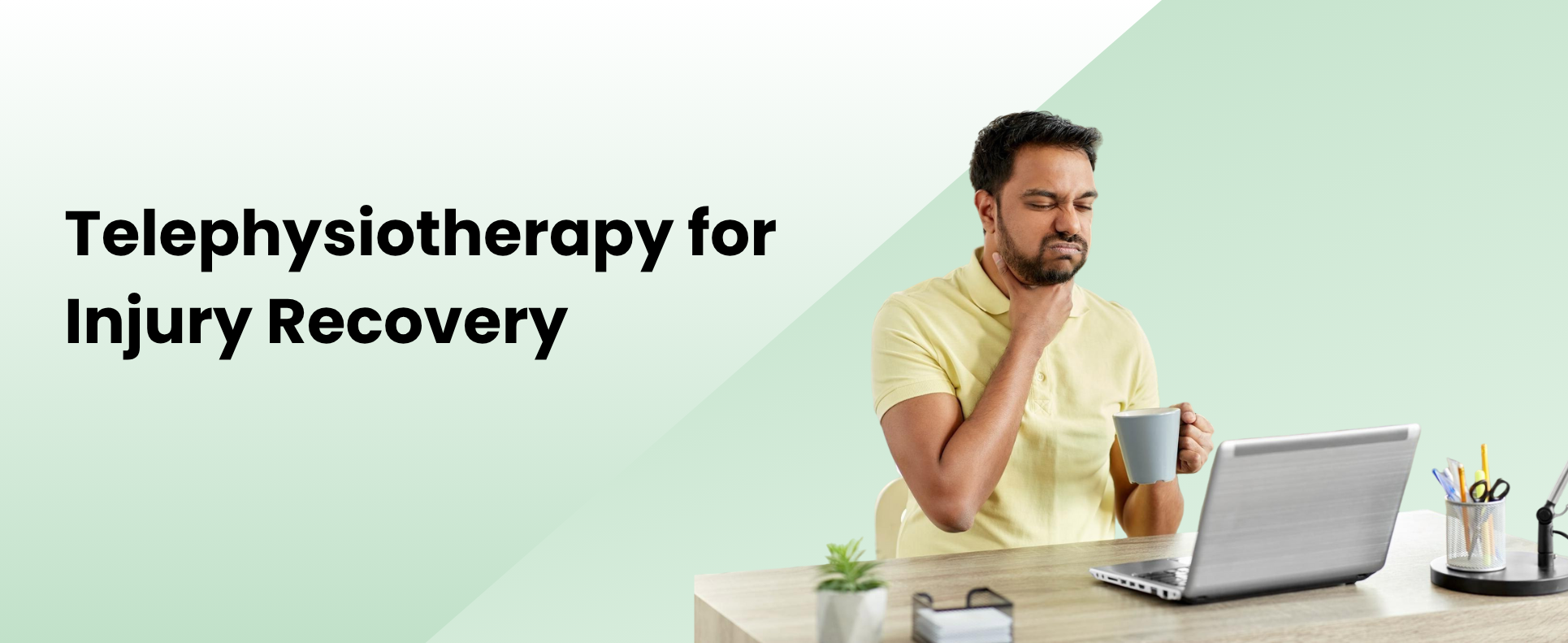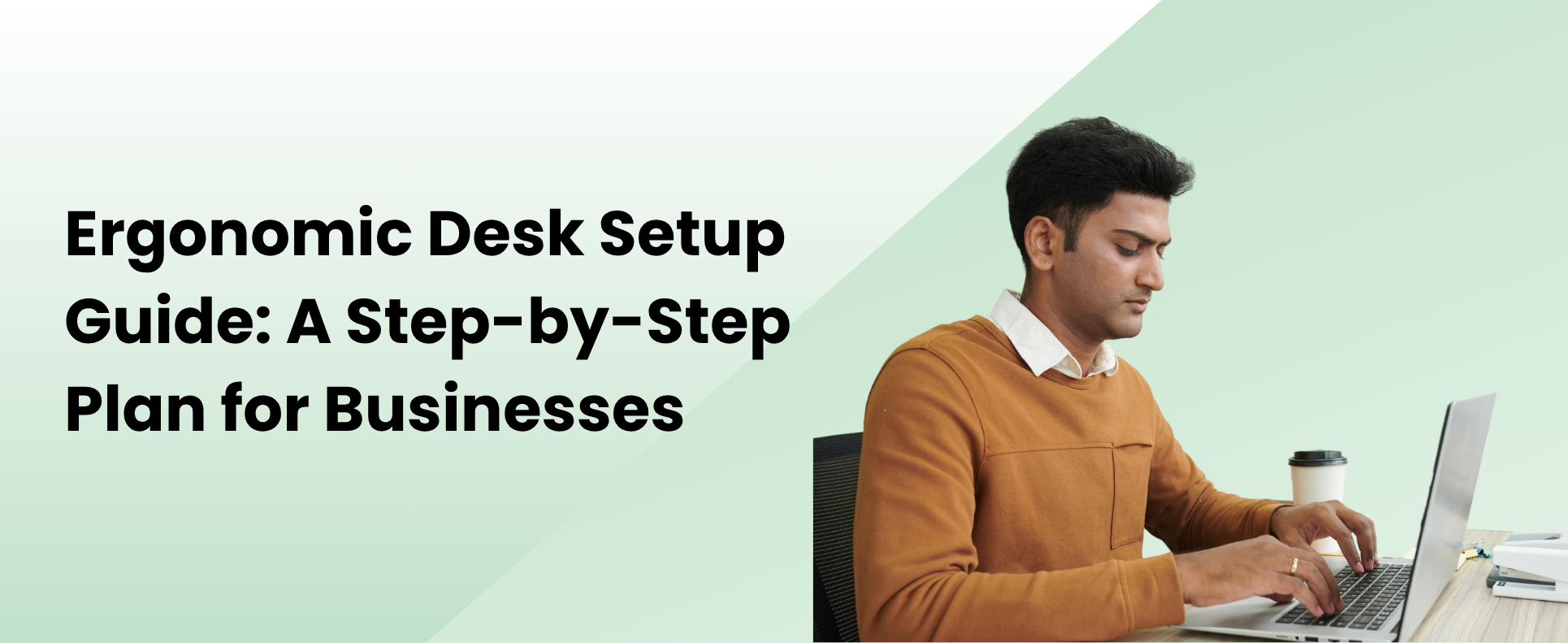19 May, 2025
The Cost of Poor Ergonomics: How Bad Office Setup Impacts Employee Productivity

Overview
Behind Every Desk, a Hidden Risk
In India’s evolving work culture, where extended hours and digital tools define daily routines, the humble office setup plays a more critical role than we realise. A poorly designed workspace isn’t just inconvenient; it’s a silent productivity killer.
The ripple effects of bad ergonomics are being felt across sectors, from back pain and eye strain to mental fatigue and early attrition. Yet many companies still treat ergonomic design as optional, not essential.
Hidden Costs
What Poor Office Setups Really Cost Businesses?
It’s tempting to see a desk and chair as one-time infrastructure expenses. However, the actual cost of an ineffective office setup is evident elsewhere—in lost output, rising health claims, and high turnover.
According to Indian workplace studies, employees dealing with musculoskeletal discomfort often take longer to complete tasks, need more breaks, and show lower job satisfaction. These hidden losses add up across departments, impacting company-wide efficiency.
Injury & Absenteeism
How Bad Ergonomics Leads to Sick Days and Chronic Issues?
Improper office ergonomics contribute directly to musculoskeletal disorders (MSDs)—one of India’s leading causes of workplace absenteeism. Common outcomes include:
These issues don’t just affect comfort. Indian firms have reported that MSDs account for up to 20% of lost workdays, with sectors like IT, banking, and BPO being hit the hardest.
Focus & Output
Strain Hurts Performance—Not Just Health
When employees are physically uncomfortable, their cognitive focus suffers, too. Discomfort leads to distraction, frequent breaks, and slower decision-making.
In one study on Indian desk-based workers, those with non-ergonomic setups reported up to 25% longer task times and greater error rates. Even mild physical strain can reduce information processing speed and decrease output over time.
Detection Methods
How to Spot Ergonomic Red Flags in Your Office?
The signs of poor ergonomics are often subtle but widespread. Here’s how businesses can detect and correct them:
Proactive ergonomic assessments—like those offered by BJM Health—help identify risks before they become costly.
Financial Risks
The Long-Term Cost of Inaction
Ignoring office ergonomics may seem harmless in the short term, but over time, the costs escalate:
Higher insurance premiums due to repeated MSD claims.
Increased sick leave payouts and project delays.
Cost of replacing employees due to health-related exits.
Reduced engagement and performance from affected teams.
Studies show Indian companies that fail to address ergonomics face 3x higher absenteeism costs than those who implement preventive measures.
Quick Fixes
Simple Changes That Make a Big Difference
Improving office setup doesn’t always require expensive redesigns. Some high-impact ergonomic fixes include:
Adjustable chairs with lumbar support and height control.
Monitor stands to align the screen height with eye level.
Keyboard trays or wrist supports can reduce wrist strain.
Lighting adjustments to reduce glare and eye fatigue.
Encouraging stretch breaks or standing meetings.
When introduced consistently, these tweaks create a more comfortable, focused, and resilient workforce.
Conclusion
A Smarter Office Is a More Productive Office
Good ergonomics is not about fancy furniture—it’s about enabling your employees to work pain-free, distraction-free, and with sustainable energy. Poor office setups cost far more than they appear to on paper.
For Indian companies seeking better productivity, retention, and well-being, ergonomics is not a luxury—it’s a business necessity.
BJM Health: Your Ergonomic Efficiency Partner
At BJM Health, we help businesses uncover and address ergonomic risks that hurt performance. Our programs, which include on-site evaluations, digital posture tracking, and custom physiotherapy plans, are designed to improve health and ROI right from the desk up.
Related Blogs
Seated Isometric Supination Press Relieve wrist and forearm strain with this simple seated isometric exercise. Duration: 2–3 mins Target Audience: Office/IT workers Goal: Wrist and forearm relief [...]
06 June, 2025 How Telehealth Can Enhance Employee Benefits & Improve Workplace Productivity? Overview Digital Healthcare as a Core Employee Benefit Telehealth is no [...]
05 June, 2025 How Telephysiotherapy Helps Indian Employees Recover from Workplace Injuries Faster Overview Why Telehealth Recovery Support Deserves Employer Focus? India’s workforce today [...]
02 June, 2025 Ergonomic Desk Setup Guide: A Step-by-Step Plan for Businesses Overview Why Desks Matter More Than You Think? In the modern Indian [...]






